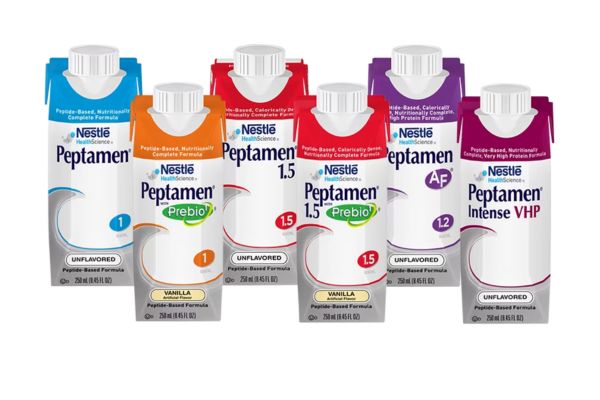If you or your child has a GI condition, you may qualify for a free sample of Peptamen—specially designed for easier digestion and nutrient absorption. Choose the right formula based on age and flavor preference. Click below to request yours today while supplies last.
Click GET FREEBIE now!
Posted on: July 24, 2025

